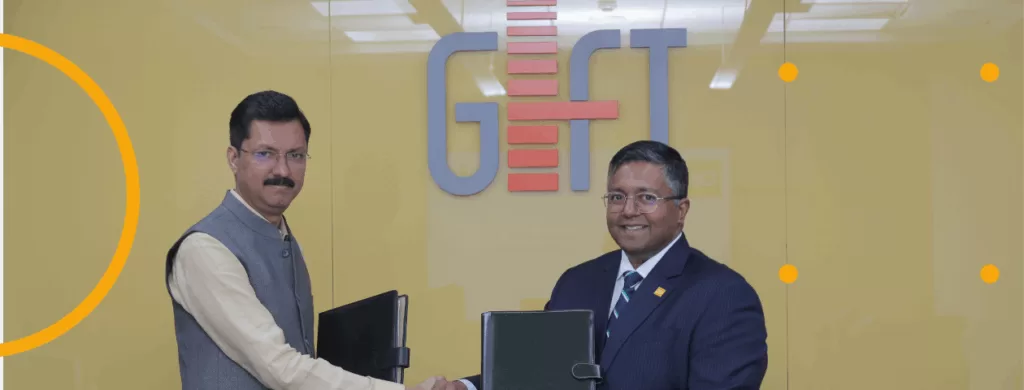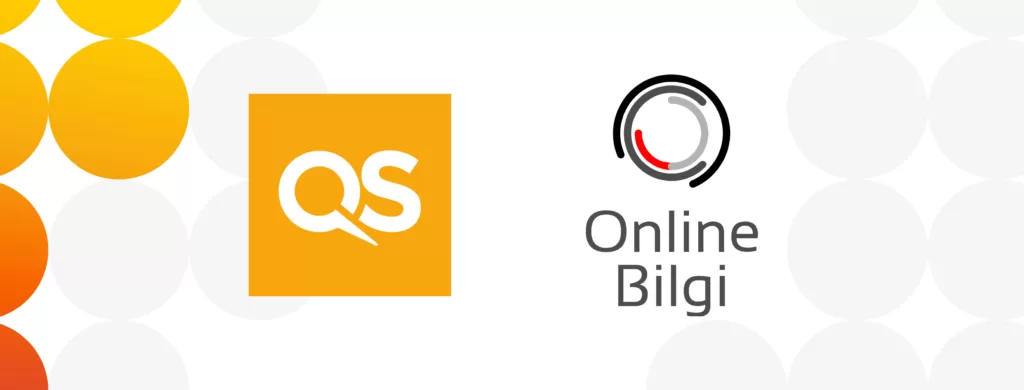Discover how innovative curriculum design and learning technologies can make for a more inclusive higher education experience.
With an estimated 15% of the global population currently living with a disability, it’s imperative that collective efforts are made to dismantle the barriers to education that students with disabilities may face.
According to a report by Coventry and Warwickshire Aimhigher, barriers to higher education include financial concerns, lack of disability support services, difficulties accessing campus and library facilities, lack of specialist input, and insensitivity and lack of understanding from students.
Without action from governments and education providers to address the specialized learning needs of disabled students, evidence suggests that disabled students may struggle to pursue further education or complete their degree.
In fact, research by Totum revealed that in the UK, “of the full-time undergraduates who declared a disability, those with mental health conditions had the lowest continuation rate at 87%, compared to non-disabled students at a continuation rate of 90%.”
And in the US, the latest federal data revealed that “only 41% of [disabled undergraduate] students, graduate from two-year colleges within eight years; that rate drops to roughly one-third for those attending four-year schools.”
It’s not the disability itself that is a barrier to education, but the failure by higher education institutions to meet the needs of their disabled students.
As summarized by Martyn Cooper from the Open University, disability is “not a personal trait, but an artefact of the relationship between the learner and the learning environment or education delivery. Accessibility, given this re-definition, is the ability of the learning environment to adjust to the needs of all learners.”
One area of difficulty that disabled students face regularly is navigating a curriculum that is not built to suit their learning needs.
This could be that be due to “the context or environment the user is in, the tools available (e.g. assistive technologies such as Braille devices, voice recognition systems, or alternative keyboards, etc.).”
According to the Colorado Department of Higher Education, “by focusing on the design process, it’s possible to take a wider and more holistic view that is based on the recognition that all students are entitled to a quality learning experience.”
Equally, research is being conducted into the development of accessible learning materials and web tools for disabled students.
As discussed in a report by Hector R. Amado-Salvatierra and Rocael Hernández Rizzardini, a significant challenge is the “intense training for stakeholders involved in curriculum design.”
“Teachers need to be instructed on how to generate accessible documents and how to provide truly accessible curriculum developments.”
As part of the 17 sustainable development goals, the United Nations (UN) aims to “ensure inclusive and equitable quality education and promote lifelong learning opportunities for all.”
According to the UN, those committed to this goal should look to “building and upgrading education facilities that are child, disability, and gender sensitive and also provide safe, non-violent, inclusive, and effective learning environments for all.”
Universities have a responsibility to provide an education that is accessible to all students, which requires a well-designed curriculum and innovative learning resources.
For more information on how your institution can successfully create a more inclusive and effective learning environments, please register for our QS MAPLE virtual event ‘The Future Today: Sustainable Growth Towards 2030‘ from 23-25 March, 2021.



